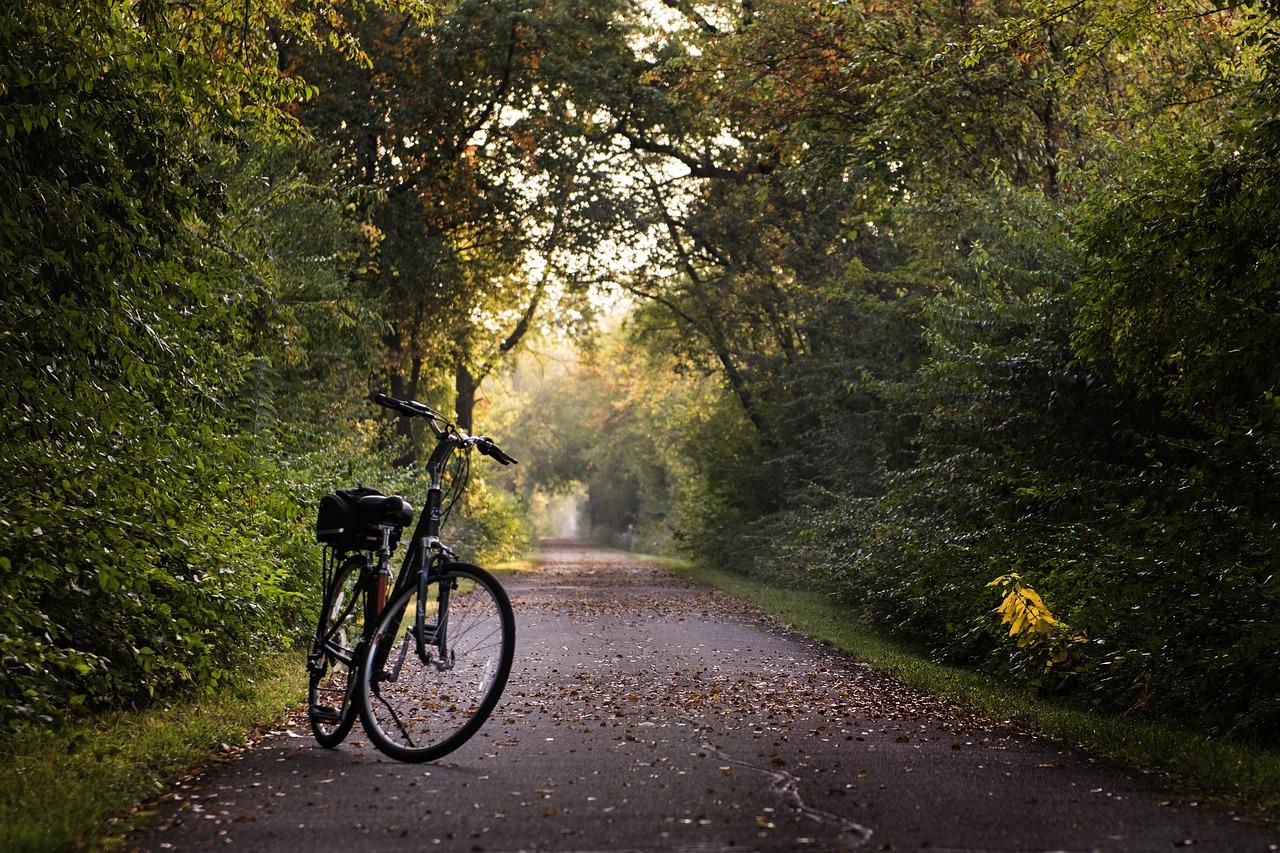The Netherlands Build Bike Paths With Recycled Toilet Paper
Even used toilet paper can be recycled and transformed into something else. A Dutch treatment plant is sifting through sewage to collect nearly 900 pounds of cellulose daily, and that can be transformed into an asphalt mixture.
Updated Nov. 19 2020, 9:39 p.m. ET
Many products that we use can be given a second life instead of being thrown into the garbage. Some examples include Trash Tiki recycling discarded coffee grounds and lime husks into their drinks, while Nike picks up leftover cowhide to produce “flyleather.” This can even be achieved from excess waste in toilet paper, which could be converted into bike lanes and plastic bottles.
The Netherlands is working on a two-year project at the Geestmerambacht treatment plant to find cellulose and pull them out of the sewage. Cellulose is a reinforcement fiber that’s found in higher quality toilet paper in the region. It may also be able to protect asphalt and make roads last a bit longer. Traditionally, this cellulose is burned at the end of the treatment process.
Instead of wasting it, the treatment plant has installed an industrial sieve that collects nearly 900 pounds of cellulose every day. In order to turn it back into raw material, the substance is scrubbed clean, dried off, and it becomes a gray, usable product. This method also limits the carbon dioxide emissions used in the burning process and it costs 180 euros per ton (over $200 US) for the sludge to be transported to incinerator.
“The cellulose in the process is actually a burden in many cases,” Carlijn LaHaye, CirTec’s managing director, tells City Lab. “So if you take it out, you free up space, you use less energy in your process, you use less chemicals, you have less maintenance.” CirTec developed the technology behind extracting and cleaning cellulose from the used toilet paper waste.
While it’s being tested out on bike lanes, there are many other uses for cellulose. England researchers have teamed up in the project to learn more about what works with the reusable cellulose. In additional to asphalt, it could be used with other paper materials, boxes, filters, insulation, and biofuel.
However, there are obvious limits to this. Since we are talking about material that’s been in contact with human excrement, regardless of how efficient the cleaning process is, it shouldn’t be in anything that we could be consuming. It’s illegal to do so anyway. Examples include using cellulose in plastic bottle or pizza box production.
This wouldn’t be the case in creating an asphalt mixture. LaHaye explains that any bacteria would be killed off due to the high heat required to create these bike paths. Ultimately, the goal of this project is to show how cellulose can be effective when reused and it’s to get the ball rolling on other products.

